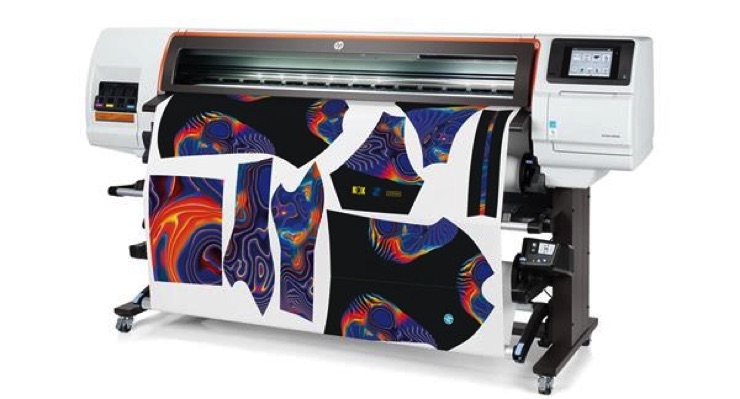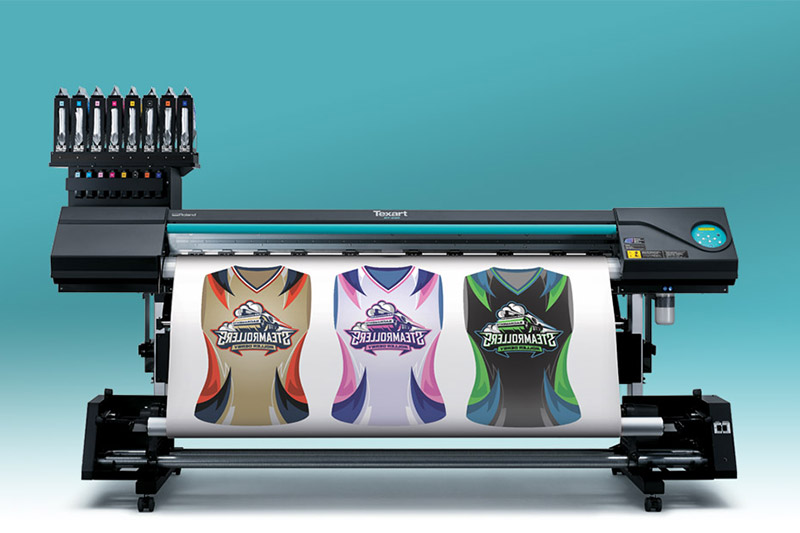Technologies in DTF Printing: Just How It's Changing the Market
The fabric printing market is undertaking a substantial transformation, driven by the innovative advancements in Direct-to-Film (DTF) modern technology. These developments are not just enhancing print quality and versatility however also streamlining the whole printing process. With remarkable ink formulas, improved movie and glue innovations, and the assimilation of automation, DTF printing uses vibrant, resilient prints on a selection of fabrics, meeting the enhancing need for customization. As services look for extra eco pleasant and efficient remedies, the ramifications of these advancements require a closer evaluation into just how they are forming the future of textile printing.
Innovations in DTF Modern Technology
Progressing rapidly, DTF (Direct-to-Film) printing modern technology has actually undertaken substantial renovations that are revolutionizing the fabric market. Modern DTF printers make use of innovative ink formulations that result in vibrant, durable prints with high resolution and shade accuracy.

Additionally, advancements in movie and adhesive modern technologies have improved the general application process. New films offer much better flexibility and bond, improving the longevity and washability of the printed designs - heat transfer vinyl printing. This makes certain that the prints maintain their honesty and vibrancy also after several washes
Last but not least, environmental considerations have actually motivated the growth of environmentally friendly DTF remedies. Makers are significantly taking on sustainable techniques, such as making use of recyclable movies and water-based inks, aligning with international initiatives to minimize the market's environmental impact.
Benefits Over Standard Methods
When contrasting DTF printing to standard methods such as display printing and direct-to-garment (DTG) printing, several distinct advantages emerge. sublimation printing. One of the most considerable advantages is its adaptability in fabric compatibility. Unlike screen printing, which commonly calls for particular material types, DTF printing can be put on a wider variety of materials, including cotton, polyester, and blends, without endangering print top quality
Another remarkable advantage is cost-effectiveness, specifically for little to medium-sized orders. Traditional screen printing becomes economically sensible only at higher volumes due to the setup prices involved. On the other hand, DTF printing gets rid of these setup expenditures, making it extra affordable for smaller sized sets and one-off styles.
Moreover, DTF printing masters durability and washability. The prints produced are durable and preserve their stability via several clean cycles, surpassing DTG prints that might discolor or crack over time. Additionally, DTF printing offers faster turnaround times. Without the need for comprehensive configuration, designs can be published and transferred in a fraction of the time needed for display printing.

Enhanced Design Capacities
DTF printing provides improved layout capacities that establish it apart from typical printing techniques. The procedure entails publishing a layout onto an unique film, which is then moved to fabric.
Moreover, DTF printing sustains a broad variety of fabrics, including cotton, polyester, blends, and also non-textile substratums. This convenience opens doors for imaginative applications in varied markets such as style, home decor, and marketing products. Unlike display printing, which can be limiting due to shade splitting up and stencil creation, DTF printing simplifies the original site process, making multi-color and photo-realistic styles much more accessible.
Furthermore, DTF printing succeeds in accomplishing her latest blog consistent color precision and vibrancy. In significance, DTF printing empowers developers to press the boundaries of imagination, supplying aesthetically sensational outcomes that were formerly unattainable.
Price and Time Efficiency
One of the remarkable advantages of DTF printing lies in its cost and time efficiency, making it a favored option for lots of businesses. Unlike traditional techniques that need substantial investment in screens and arrangement times, DTF printing permits for direct application onto numerous products with minimal preparation.
Additionally, DTF printing masters creating brief runs and customized orders cost-effectively. The ability to produce high-grade prints without the requirement for big volume commitments lessens waste and optimizes source allocation. This flexibility is specifically helpful for little organizations and startups that might not have the funding to buy large manufacturing runs.
In terms of functional effectiveness, DTF printing's structured workflow improves general performance. Hence, DTF printing stands out as a transformative service in the printing sector.
Future Trends in DTF Printing
Anticipating future trends in DTF printing exposes a landscape noted by rapid technical developments and raised market need (heat transfer vinyl printing). One significant pattern is the assimilation of fabricated intelligence have a peek at this site (AI) and device discovering formulas to maximize print quality and simplify operations. AI-driven systems can anticipate possible concerns and change settings in real-time, making sure continually top notch output
Furthermore, innovations in environmentally friendly inks and sustainable products are expected to obtain grip. As ecological problems become more pressing, the industry is most likely to see a change towards biodegradable and safe inks, lowering its eco-friendly footprint.
Modification and personalization will certainly additionally play an essential duty. With the expanding customer need for unique, personalized products, DTF printing modern technologies are developing to use even more thorough and complex customization choices. This fad is supported by improved software application remedies that enable more complex and imaginative styles.
Finally, the integration of DTF printing with other electronic systems and ecommerce solutions will certainly become a lot more seamless. This connectivity will enable services to provide on-demand printing services directly to consumers, further driving development in the industry. These patterns jointly highlight a future where DTF printing not only meets however surpasses the evolving demands of the marketplace.
Final Thought

When comparing DTF printing to conventional approaches such as display printing and direct-to-garment (DTG) printing, numerous distinctive benefits arise. Unlike display printing, which frequently needs specific textile kinds, DTF printing can be used to a broader variety of materials, consisting of cotton, polyester, and blends, without jeopardizing print quality.
DTF printing provides enhanced design capacities that establish it apart from conventional printing approaches. Thus, DTF printing stands out as a transformative solution in the printing market.
Developments in DTF printing significantly boost the fabric printing industry by supplying exceptional print top quality, flexibility, and performance.